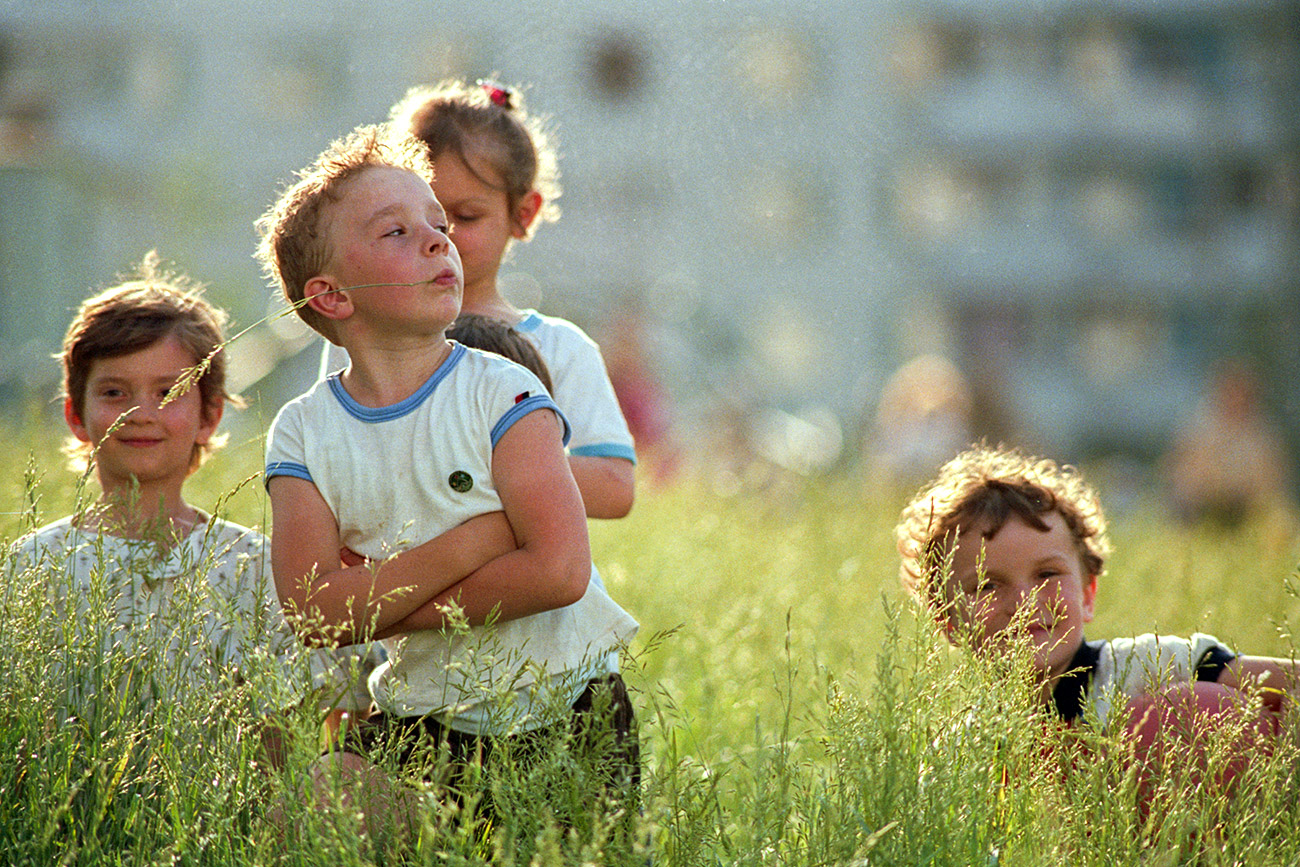
MOSCOW, USSR. July 1, 1991. Neznaika and his friends in Solntsevo district of Moscow. СССР. Москва. 1 июля 1991 г. Дети во время прогулки в Солнцевском районе.
Igor Zotin/TASS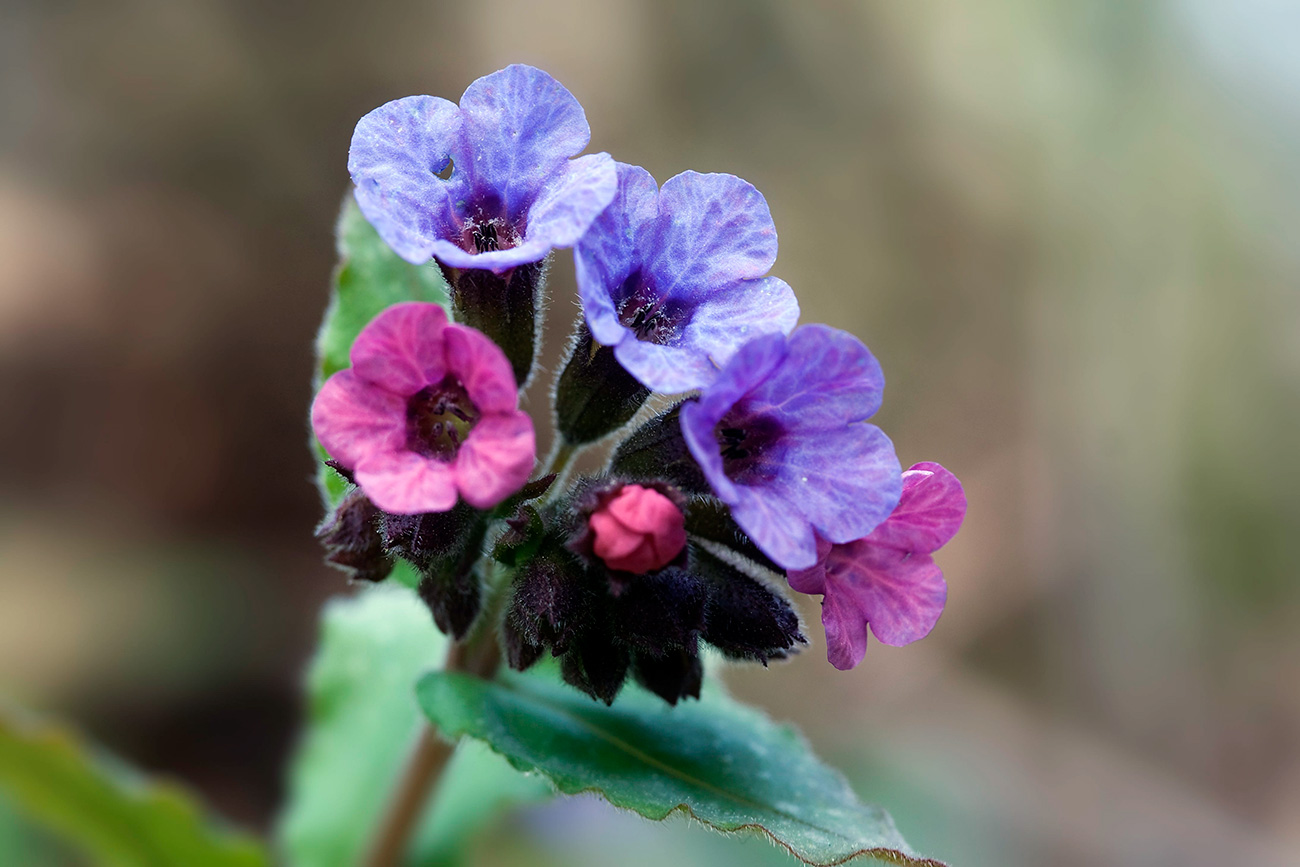 This very sweet plant was a fine substitute for jam and caramel. Source: Global Look Press
This very sweet plant was a fine substitute for jam and caramel. Source: Global Look Press
Children particularly loved the taste of lungwort (Pulmonaria Obscura), which grew in the forest or grandma's garden. This very sweet plant was a fine substitute for jam and caramel.
How-to: Pluck a blue lungwort flower and eat it whole, or remove the pistil and suck out the sweet juice.
 Caragana arborescens is only worth eating during a short period, just before the plant’s flowers bloom. Jagel/Global Look Press
Caragana arborescens is only worth eating during a short period, just before the plant’s flowers bloom. Jagel/Global Look Press
Siberian peashrub (Caragana arborescens) grows almost everywhere, even in cities. Despite its abundance, it was still a real find for Soviet children because it’s only worth eating during a short period, just before the plant’s flowers bloom. The peashrub’s unopened pods look like miniature bananas (it’s nicknamed “little bananas”) and children would rip them open and eat their delicious contents, the texture of which is like jam.
How-to: During the second half of May, find a Siberian peashrub, pluck its flower pods and eat them. Towards July, pick a ripe seed pod, open it, and squeeze out the sweet innards.
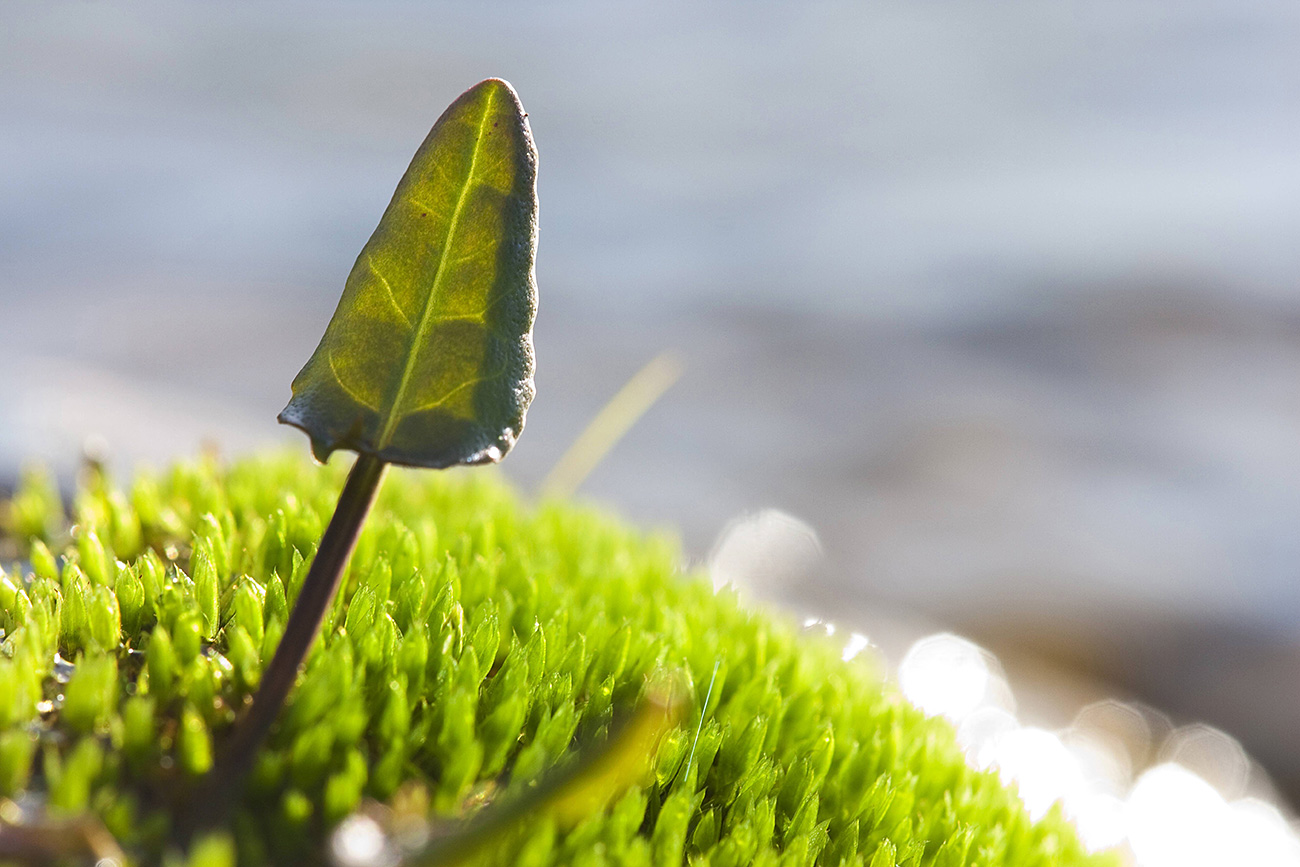 The plant's stalks, too hard for the soup, would be thrown away - unless kids got to them first. Source: A. Jagel/Global Look Press
The plant's stalks, too hard for the soup, would be thrown away - unless kids got to them first. Source: A. Jagel/Global Look Press
Soviet moms and grandmas would often cook dock soup, which was easy to make and contained very simple ingredients - mostly dock leaves (Rumex). The plant's stalks, too hard for the soup, would be thrown away - unless kids got to them first. Docks may have a sour taste, but one stalk can withstand several minutes of hard chewing.
How-to: Wait until someone in your family starts cooking dock soup, collect the leftover stalks, and chew away.
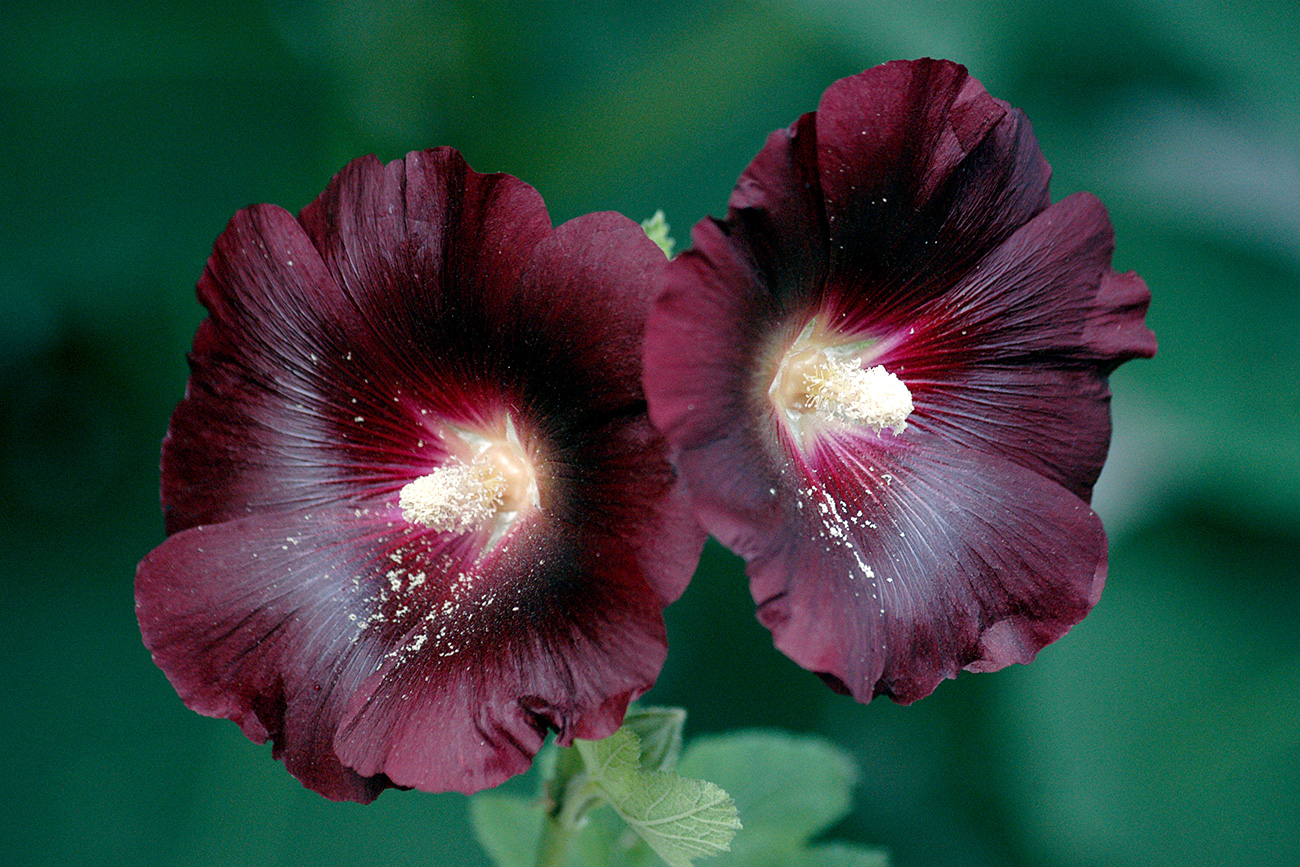 During the USSR, adults appreciated the mallow's large bright flowers, while the kids loved to eat its pistils. Source: Viktor Pogontsev/Global Look Press
During the USSR, adults appreciated the mallow's large bright flowers, while the kids loved to eat its pistils. Source: Viktor Pogontsev/Global Look Press
Mallow (Malva) was grown as an ornamental blooming plant in the south, particularly in Crimea and the Krasnodar Region. During the USSR, adults appreciated the mallow's large bright flowers, while the kids loved to eat its pistils, which were just as good a replacement for sweets as lungwort.
How-to: Scope out the largest flower and eat its pistil.
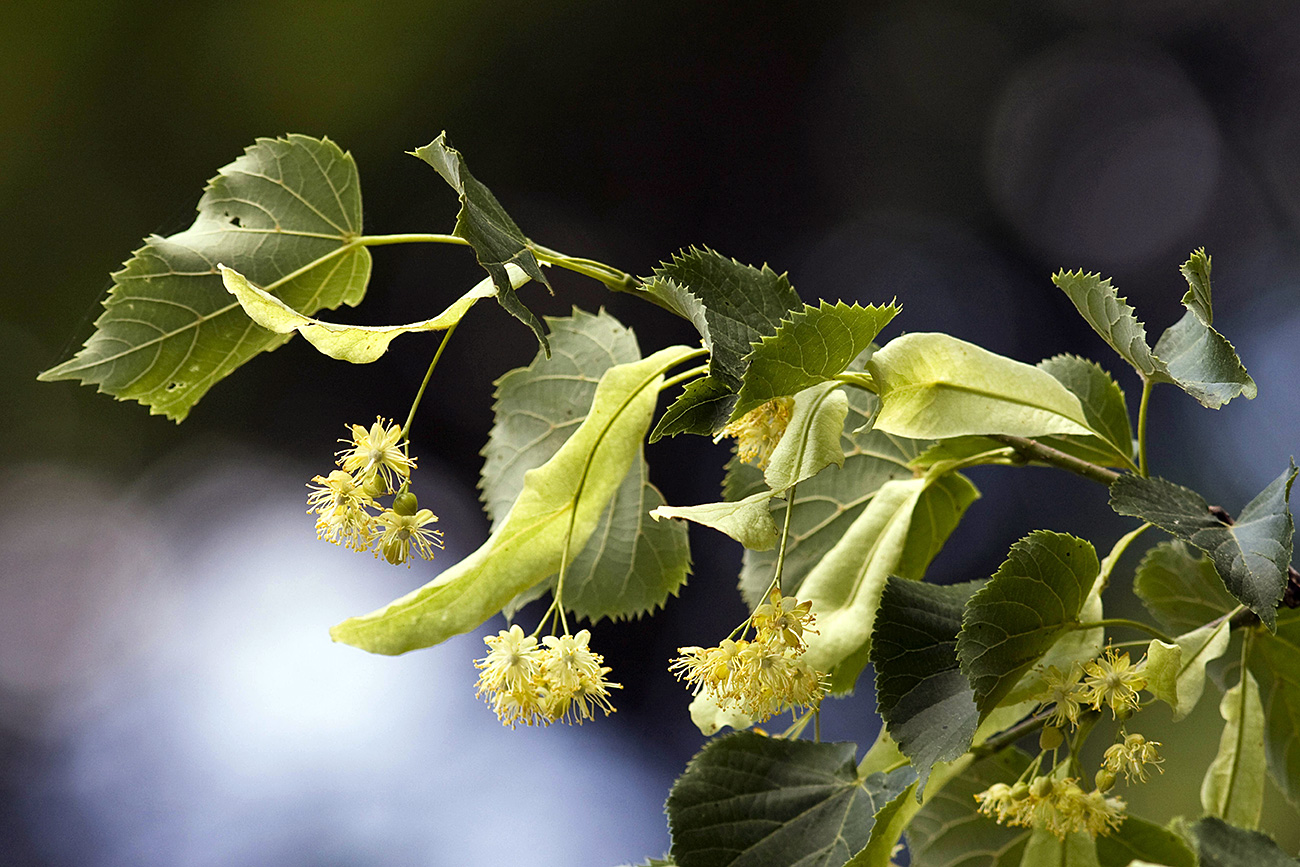 Linden (Tilia) is a very low-maintenance, fast growing tree that smells wonderful when in blossom. Source: A. Held/Global Look Press
Linden (Tilia) is a very low-maintenance, fast growing tree that smells wonderful when in blossom. Source: A. Held/Global Look Press
Every Russian city has a park with a linden alley. Linden (Tilia) is a very low-maintenance, fast growing tree that smells wonderful when in blossom. Doctors recommend linden flower tea for colds: It boosts the immune system and soothes a cough. Soviet children would eat everything they could get from a linden tree: Its leaves, flowers, and buds taste like honey.
How-to: Take a linden bud, flower, or leaf and chew on it for some time to release its flavor, then swallow.
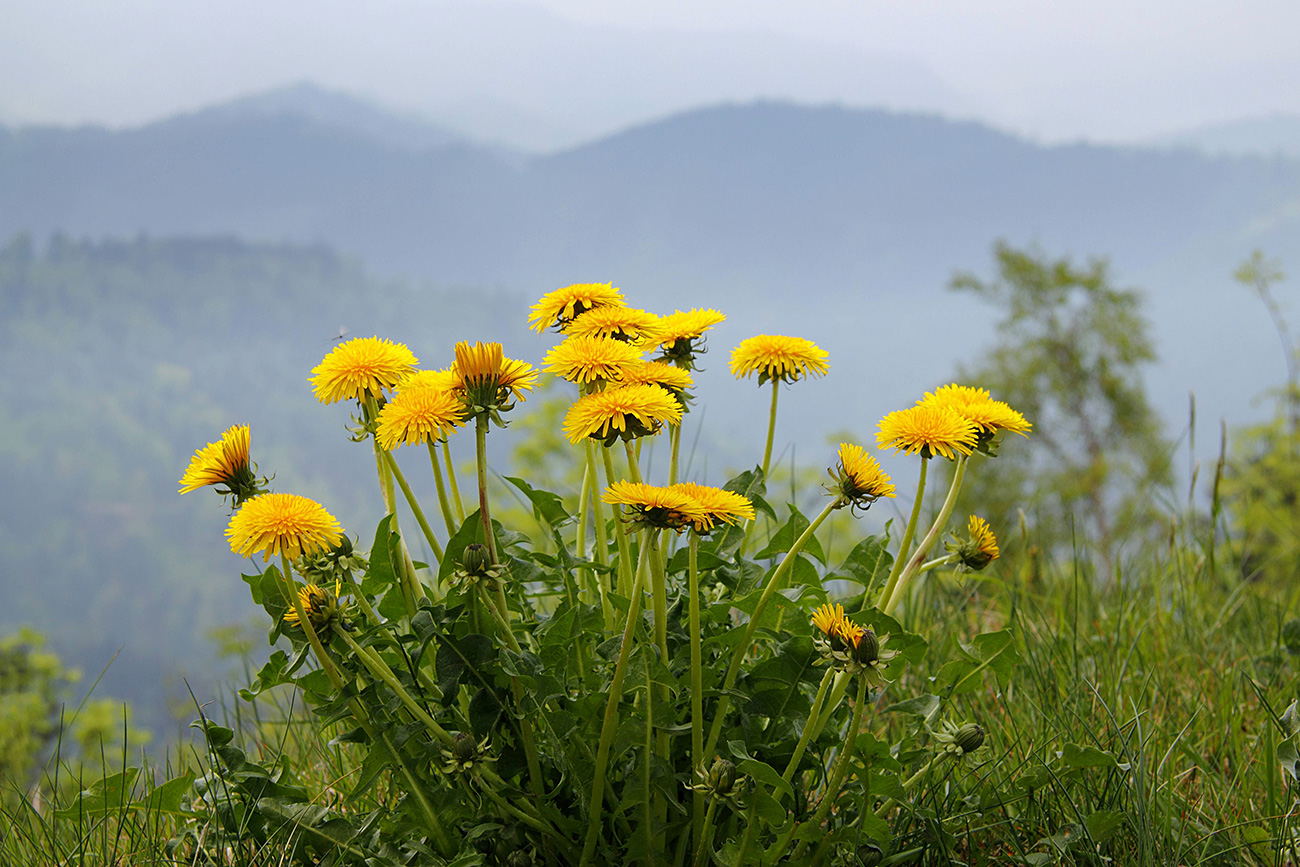 Soviet kids would wolf down the sour dandelion shoots in the presence of their peers to gain some serious respect. Source: A. Laule/Global Look Press
Soviet kids would wolf down the sour dandelion shoots in the presence of their peers to gain some serious respect. Source: A. Laule/Global Look Press
Some Soviet housewives used the leaves of dandelion (Taraxacum) in salads. Even today these are sometimes used as a substitute for the bitter but tasty rocket leaves. But Soviet kids would wolf down the sour dandelion shoots in the presence of their peers to gain some serious respect.
How-to: Pluck a young dandelion leaf, clean it, and eat it.
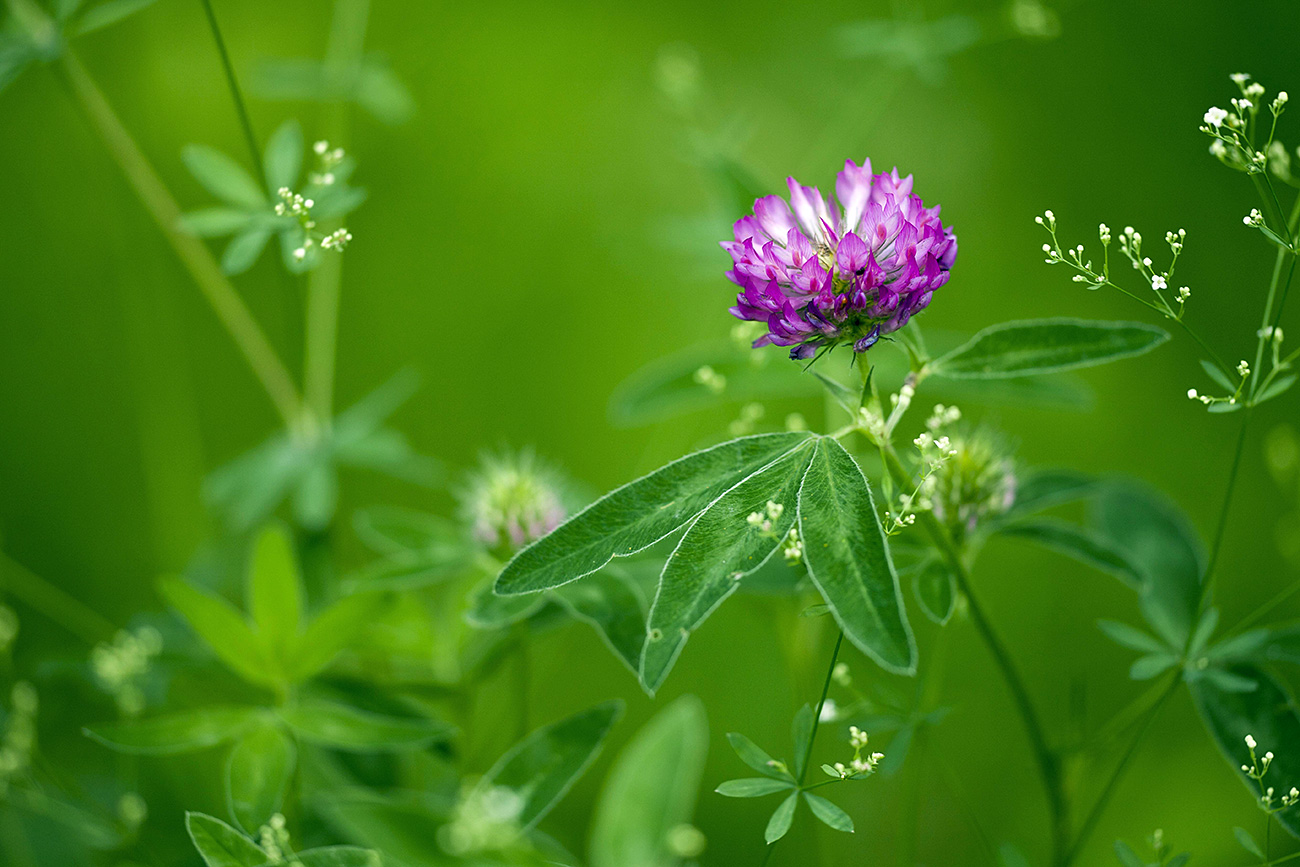 Soviet children called it kashka (porridge) because its flowers look like white oats scattered over the ground. Source: J. Fieber/Global Look Press
Soviet children called it kashka (porridge) because its flowers look like white oats scattered over the ground. Source: J. Fieber/Global Look Press
Clover (Trifolium) grows along roadsides, in the forest, and in cities. Soviet children called it kashka (porridge) because its flowers look like white oats scattered over the ground. The flowers aren’t as tasty as those of the peashrub or mallow, but they are lush with a hint of sweetness. Children would eat handfuls of the stuff if hit by a fit on hunger while playing outdoors.
How-to: Pluck the petals of a red or white clover flower, chew on them thoroughly, and swallow.
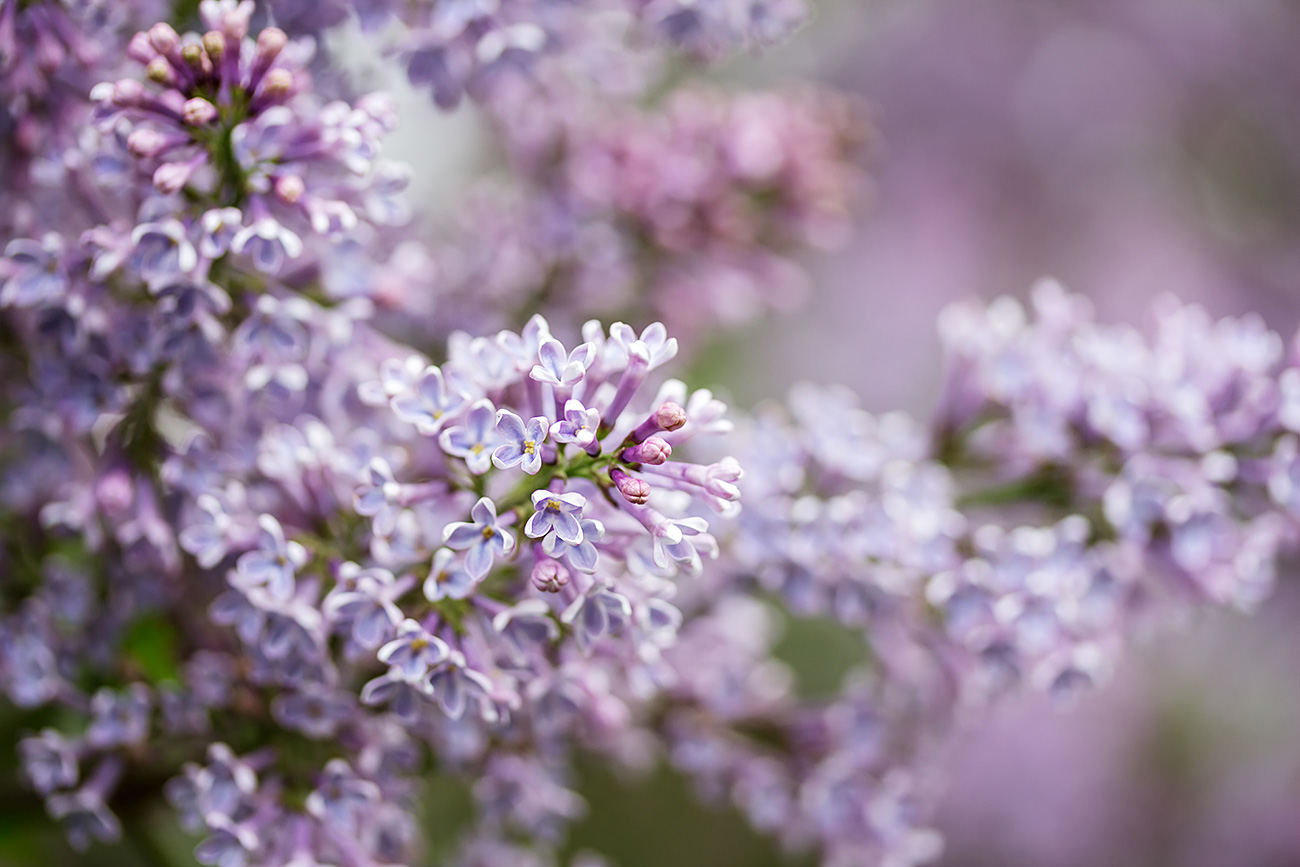 Soviet kids believed that five petaled lilac flowers had some magical properties and would be hunted and devoured in great quantities. Source: Galina Barbieri/Global Look Press
Soviet kids believed that five petaled lilac flowers had some magical properties and would be hunted and devoured in great quantities. Source: Galina Barbieri/Global Look Press
Lilac (Syringa) is another shrub popular with both countryside and city dwellers. It starts to blossom in May, earlier than most other plants. Soviet kids believed that five petaled lilac flowers had some magical properties and would be hunted and devoured in great quantities.
How-to: Find a five-petaled flower, make a wish, and swallow it. Then wait...
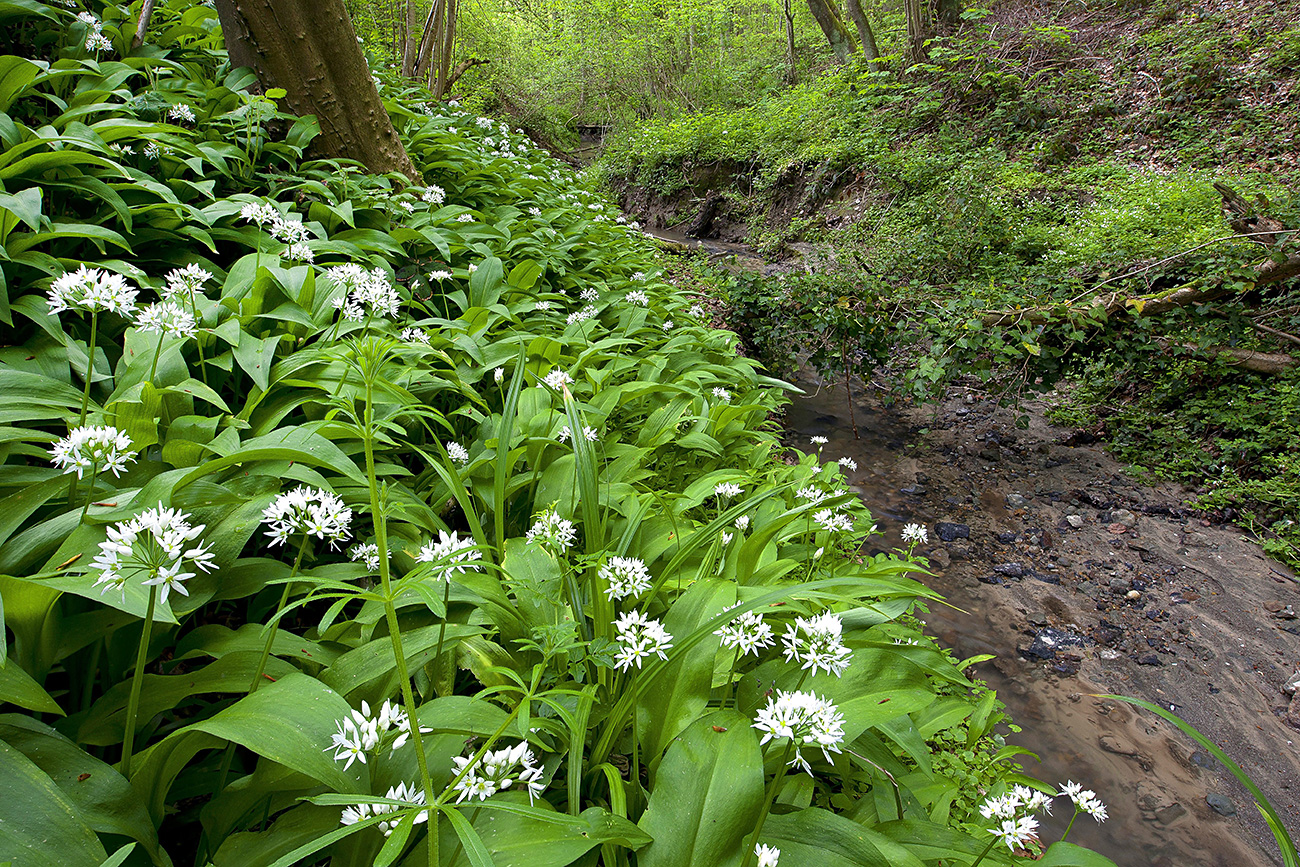 Soviet kids would nibble on its young shoots instead of garlic. Source: W. Pattyn/Global Look Press
Soviet kids would nibble on its young shoots instead of garlic. Source: W. Pattyn/Global Look Press
Ramsons (Allium ursinum) is also known as wild garlic. In Russia and the Middle East, its pickled stalks are eaten as a snack. Soviet kids would nibble on its young shoots instead of garlic. The plant would be found on steep slopes of wooded hills, which made the task of gathering it all the more exciting.
How-to: In mid-April, find young ramsons leaves in the woods, collect a bunch of them and eat one by one Might be a good idea to bring a toothbrush, no one likes garlic breath!
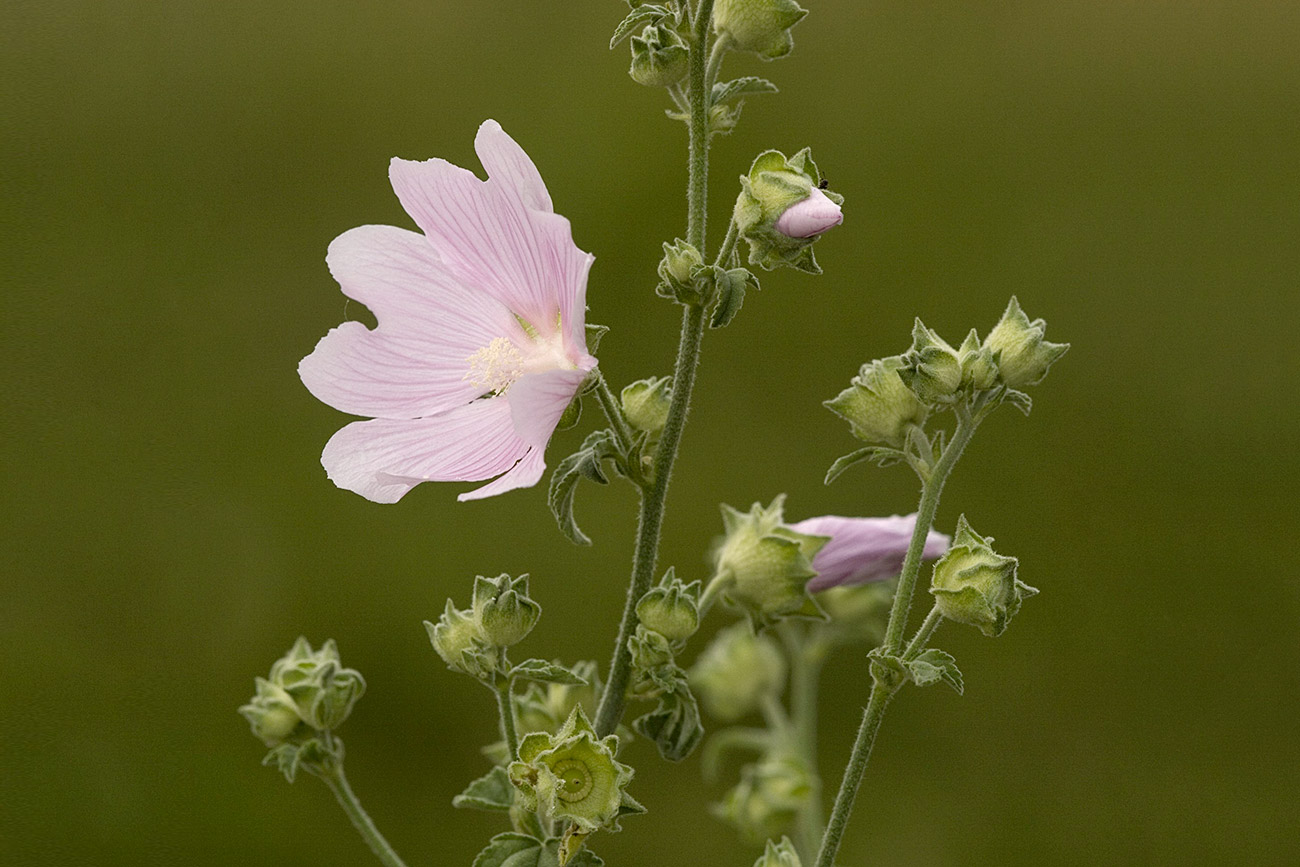 These juicy sweet and sour globes were known as “little watermelons” due to their shape. Source: Imagebroker/Global Look Press
These juicy sweet and sour globes were known as “little watermelons” due to their shape. Source: Imagebroker/Global Look Press
Garden tree mallow (Lavatera thuringiaca) grows in central and southern Russia. It’s part of the mallow family, as its name suggests. Kids would go for the plant's unripe, round fruit. These juicy sweet and sour globes were known as “little watermelons” due to their shape.
How-to: Pick a garden tree mallow fruit, remove the surrounding leaves, and eat.
If using any of Russia Beyond's content, partly or in full, always provide an active hyperlink to the original material.
Subscribe
to our newsletter!
Get the week's best stories straight to your inbox